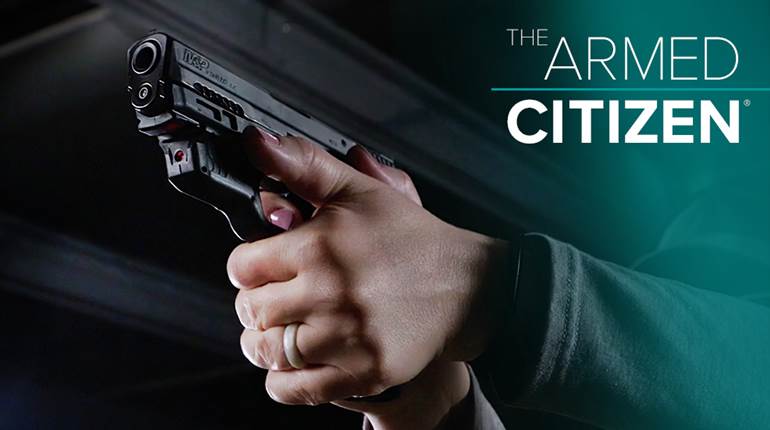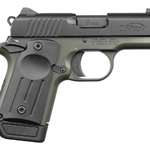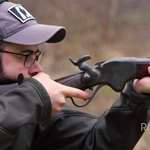
While in most circumstances of a home invasion, your best bet is to arm yourself, gather the family in a locked room and call the police, there are times and situations where you might have to clear your home. In those situations, you may have to go around a corner or through a doorway, and it’s better to practice those moves beforehand.
In the movies, you always see actors pressed against corners before popping around cover to the open areas or kicking down a door and charging through without regard. As with most movie scenes, these moves are for some kind of dramatic effect, and are just plain wrong. First, while a corner can serve as cover, it’s better to have some distance between you and the corner to prevent debris from striking you if your opponent fires and hits the corner. Second, jumping around a corner into an unknown situation is a good way to lose a fight.
Going around a corner should be slow and methodical, so you can view what is in the room while taking advantage of available cover. Stay back from the cover and take one small step at a time without crossing your feet. Work the corner in sections similar to a pie wedge, and if the area contains two corners, such as when coming down a hall into an open room, work one side, back up and move to the opposite side of the hall to work the other side. Never completely expose yourself until you know the room is clear.
Going through a door is done the same way, except that you have to open the door if it is closed. In this situation, open the door with your support hand and back away to work the corners. If the door doesn’t want to stay open, you can use your foot to keep it open as you pie the corner.
As you train, don’t forget that it will likely be dark when you’re doing this, so practice with a light, but remember that a light can revel your location, so be sure to hit the light, scan and release light before you move. Never stand in the same place where you just shined a light.





































